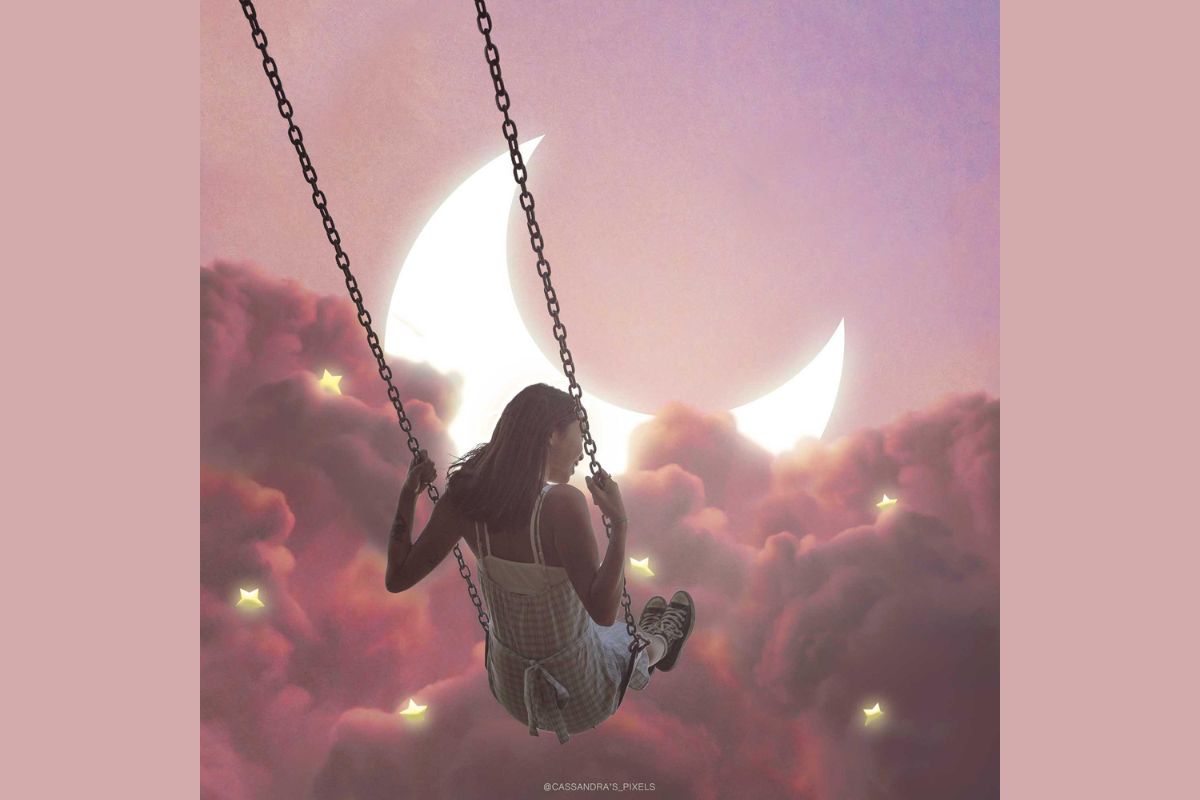Art as a medium of self-care for psychologists!

Advertisement
[ad_1]
Self care is not an indulgence, and it is not selfish. It is essential to prevent distress, burnout, and disability. It must not be considered something extra, or nice to do when you have the time for it, instead, it needs to be an important part of one’s professional identity (Barnett, Johnston, & Hillard, 2006).
Then how do psychologists care for themselves? How do they make sure they are feeling well so that they can provide optimum care for others?
According to me, people find distinctive ways to care for themselves, to see that their own needs are met first, and each of the methods professionals utilize is unique to themselves. Among the many different styles of coping with distress, there is one that involves art, something I connect with.
Art is something that I relate to and practice in my self-care routine among many other activities I do for myself. From where I see it, art can be a very versatile way of expressing yourself. It can be unique depending upon the person that is creating it, but importantly, it helps the individual convey their thoughts, emotions, and feelings in ways words may never be able to. You do not have to be an artist to draw, sketch, paint, mold, capture a photograph, or bring pictures together in a collage; it’s only important to simply express and channel what you are feeling from the inside. When used as a medium to portray your innermost thoughts and feelings, art can be therapeutic. It can be used to unload stress, and difficult emotions, and even bring you to a deeper understanding of yourself.
I am best able to express what I am when I create art. It helps me tune in to myself, and my beliefs, it helps me represent my thoughts and my imagination, how I perceive the world, and my love for mystery, the unknown, the surreal, and the impossible. Art helps me understand what I believe in, the connections I form with the world, the colors that please me, the time of the day that is my favorite, the textures that I appreciate, and the symbols and objects that I can relate to. Self-understanding and expression are crucial in a profession that promotes congruence. It becomes highly important for psychologists to understand ourselves first so that we can understand others and in turn help them understand themselves.
Then, how do you get into practicing self-care through art?
As I mentioned earlier, every individual is unique and so will be their way of expressing themselves. Not all kinds of art may appeal to everyone, it may take time for you to find the one that helps you express yourself in the best way possible. Me, I first got into photography but I never found full freedom of self-expression until I discovered Photoshop and started making digital collages. So do not limit yourself, if you have tried drawing but it has not worked for you, you could try painting, if that does not help then you could give writing a chance, if not, try molding crafts or textures; art can also involve creative-cooking-and-gardening. You do not have to be perfect in what you do with your art, what matters is how you relate to your medium and communicate what you have deep within.
About the author:
(This article is written by Cassandra Rodrigues, who works at the Vandrevala Foundation as a Mentor and Crisis Counsellor)
[ad_2]
Advertisement

